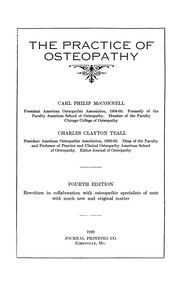1.4 Million-Year-Old Jaw Identified as New Paranthropus Species in South Africa
A fossil jawbone discovered in South Africa, initially misclassified, has been identified as a new species, Paranthropus capensis. Using advanced 3D imaging, researchers found that the jaw’s structure and molars differed significantly from known Homo and Paranthropus species. The findings suggest that at least two Paranthropus species coexisted around 1.4 million years ago, each with distinct dietary habits. This discovery highlights the diversity of early human relatives and raises new questions about hominin evolution in Africa.

A fossilised jawbone discovered in South Africa has been classified as belonging to a previously unidentified human relative. The specimen, estimated to be 1.4 million years old, has been attributed to the genus Paranthropus, known for its distinctive dental structure. Unlike its robust counterparts, the newly identified species exhibits a smaller jaw and teeth, suggesting dietary differences. The findings indicate that multiple hominin species coexisted in southern Africa during that period, adding to the complexity of early human evolution.
Findings from the Research
According to a study published in the Journal of Human Evolution, the fossil jaw, catalogued as SK 15, was unearthed in 1949 at Swartkrans, a well-known paleoanthropological site in South Africa. Originally classified as Telanthropus capensis and later reassigned to Homo ergaster, recent analysis has challenged this classification. Clément Zanolli, a paleoanthropologist at the University of Bordeaux, told Live Science that advanced X-ray imaging was used to create virtual 3D models of the specimen. Internal and external dental structures were examined, revealing that SK 15 does not align with Homo species. The molars were found to be longer and more rectangular than those typically seen in Homo, with the jaw notably thicker than expected. These characteristics led researchers to identify it as a distinct species within the Paranthropus genus, named Paranthropus capensis.
Implications of the Discovery
As per the findings, Paranthropus capensis existed alongside Paranthropus robustus around 1.4 million years ago. Variations in jaw and tooth structure suggest different dietary habits, with P. robustus likely relying on a highly specialised diet due to its large molars, while P. capensis may have consumed a broader range of food sources.
Zanolli noted that the fossil record in Africa remains incomplete, leaving open the question of whether P. capensis persisted beyond its currently known timeframe. The possibility of additional unidentified species in the hominin lineage has been highlighted, underlining the need for further excavation and study in the region.












)

























































